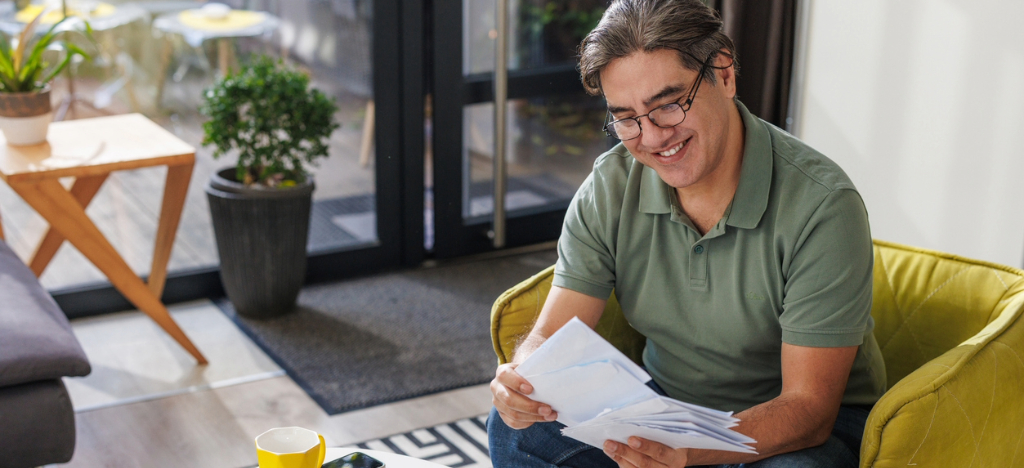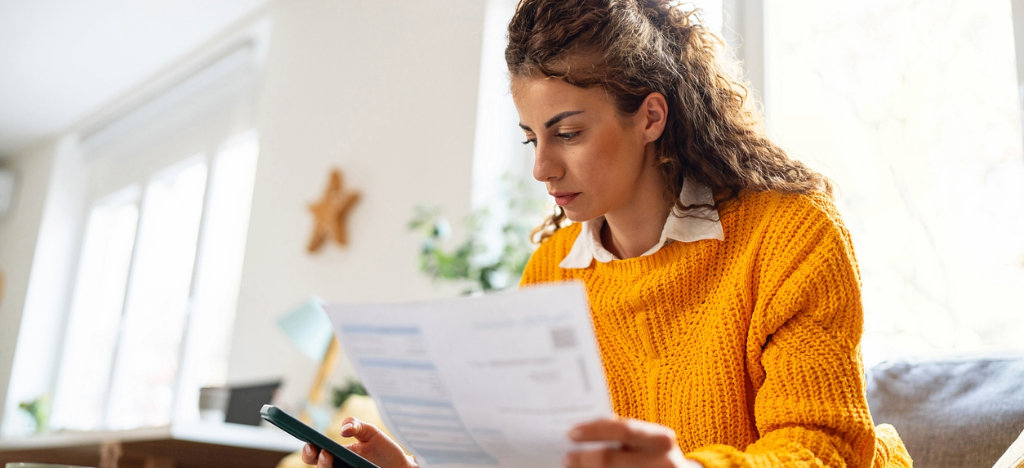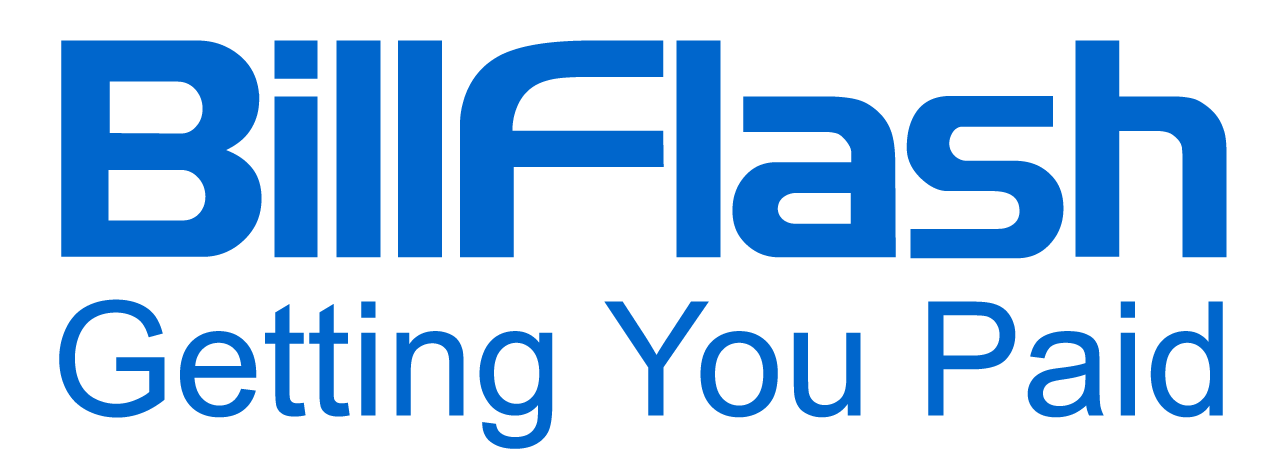Learn why a mailed paper statement still drives patient action, how to blend it with digital tools, and how practices can maximize its value.
In hopes of streamlining collections, more healthcare providers are embracing digital billing, such as online portals, electronic statements, text payment links, and patient payment apps. However, mailed paper statements for healthcare practices remain prevalent and powerful even as digital channels grow. Industry surveys show nearly 90% of patients still receive a paper bill. The key isn’t choosing between digital and paper, but finding the right balance. A well-crafted paper statement can boost engagement, accelerate payments, and build trust.
Healthcare providers are learning that paper billing is far from outdated; it's an essential part of a hybrid strategy for patient payments. Today, we will explain why a mailed paper statement still drives patient action, how to blend it with digital tools like QR codes, and how practices can maximize its value.
The Enduring Power of Physical Mail in Healthcare
A mailed paper statement offers unique visibility that digital channels often lack, especially for older adults and individuals with limited digital access. By one estimate, 27% of Americans age 65 and over still do not use the internet. A Pew Research study found that 75% of adults 65+ use the internet, meaning about one in four seniors remain offline. For these patients, online billing portals or email reminders aren't an option: a physical bill is the only way to reach them. Importantly, many patients prefer paper statements even if they can go online.
In a Consumer Action survey, roughly 45–74% of respondents across various bill types (including medical) said they would choose paper statements over electronic ones. While a slight majority (55.5%) wish they could pay bills online, many patients still find mailed statements more reliable and easier to track. As one analysis states, with the constant “deluge of emails”, a mailed paper statement is “harder to ignore” than e‑bills that can get buried in an inbox.

Why Physical Mail Still Matters for Patient Billing
- There are older and less-connected patients: Nearly 42 million Americans have no broadband internet, and usage drops with age. For these patients, a paper statement is vital.
- Paper mail has high mail review rates: One study found 78% of consumers review mailed statements, compared to 43% for e-statements. A bill sitting on the kitchen table is hard to miss.
- There is a level of choice and trust: Research from Two Sides shows that over 80% of consumers believe they should have the right to choose print or electronic communication. Many patients view physical mail as more credible and personal.
Overall, printed patient statements remain highly visible and tangible. They help cut through digital clutter and reach patients who need that physical reminder. Smart practices recognize mail's lasting power and treat each mailed bill as a chance to engage the patient.
Paper Statement = Patient Action
Patients are more likely to pay attention and take action when a bill arrives in the mail. Studies show that mailed statements generate much higher response rates than electronic notices. For example, as noted above, 78% of consumers review mail statements versus only 43% for email bills. In practice terms, mailed patient statements drive patients to pick up the phone, log in to pay, or make their payment. A mailed paper statement serves as a clear call to action.
On the other hand, digital discomfort and digital overload can suppress electronic payments. Nearly 40% of Americans over 70 lack confidence in their digital skills, and many older patients worry about online security. Patients sometimes ignore unfamiliar online payment portals or overlook emails in their crowded inboxes. A mailed bill physically lands where the patient will see it, such as on a counter or table, and not somewhere lost in cyberspace.
Mailed statements can also add a personalized human touch. Including branded messaging, greeting the patient by name, or hand-written signature lines can reinforce trust. Patients often view paper bills as more official and clear, reducing confusion. A Becker's report notes that 58% of providers still rely primarily on paper statements for patient billing, suggesting that the industry still recognizes the reliability of mail for payment collection.
By continuing mailed billing, practices meet patients where they are. Even as younger, tech-savvy patients grow, older generations remain a significant portion of the patient base. A hybrid approach ensures all patients get a statement they'll open and act on.

Boosting Engagement With QR Codes on Mailed Bills
Mailed statements don't have to be one-way documents. Including a QR code and payment link on a paper statement makes it easy to transition from physical mail to a digital payment portal. Patients scan the code with their smartphone and get directed to a secure payment site, combining the convenience of online payment with the trust of a printed statement.
Data suggests that mobile payments are taking off. Contactless mobile payment usage grew 29% in 2020, reaching over 92 million U.S. consumers, and in 2021, analysts projected that more than half of smartphone users would use contactless mobile pay by 2025. Adding QR codes makes it easier for your patients to view and pay their bills online. As a result, patients get the best of both worlds: the physical reminder plus one-tap payment.
How Factoring in QR Codes Can Raise Engagement
- Better bridge to digital: A QR code on a paper statement allows any patient with a smartphone to pay online instantly. This is especially helpful for those who prefer paper notices but still want the convenience of digital payment. QR codes unlock faster payments by combining mail and online.
- Reduces friction: Adding a clear, clickable QR code or link reduces friction. QR codes “transform traditional patient statements from passive reminders into payment opportunities” and greatly increase response rates. Patients don’t have to remember a URL or mail a check; they scan and pay.
- HIPAA-compliant convenience: BillFlash's mailed statements are HIPAA- and PCI-compliant, and our QR codes link to our secure payment portal, Paywoot.com. PayWoot offers secure 24/7 online and mobile payment capability. Patients can store cards, set up autopay, or apply for flexible payment plans. Every BillFlash mailed statement comes with a free QR code to PayWoot, combining physical mail with omnichannel payments.
By embedding QR codes, practices boost patient engagement and speed up collections. Some patients may avoid looking up a website or making a call, but will gladly scan a QR code. It's a low-cost way to modernize paper billing. Practices should consider testing QR placement, using short instructions (“Scan to pay now”), and ensuring the linked page is mobile-optimized.
Paper Statement Inserts: Add Value Without Adding Cost
Mailed statements already travel to every patient, so why not use that envelope space for extra messaging? Paper statement inserts allow practices to communicate more without additional postage. Insert content can range from health education to practice updates or special offers, and it's all delivered at zero marginal cost (postage is already paid). Well-designed inserts can boost ROI by generating additional patient engagement or service usage.
A few insert opportunities include:
- Educational content: Use the insert to share useful health information (examples: flu shot reminders, chronic disease management tips, or patient portal tutorials). Inserts can include important educational details on new therapies, empowering patients with knowledge. Informed patients will be more satisfied and confident in managing their health.
- Practice news and promotions: Inform patients about new services (telemedicine, specialist visits, wellness programs) or upcoming events (health fairs, screenings). For instance, a newsletter insert could announce a new telehealth offering or invite patients to a free blood pressure check.
- Service reminders: A paper statement insert can quietly remind patients about care or checkups. Sending an appointment reminder or wellness tip along with the bill is subtle but effective. Patients feel valued and supported when they see their provider cares enough to send health tips or clinic news. Loyal patients are more likely to continue care and pay on time.

A few tips for paper statement inserts:
- Keep it relevant and simple: Bullet-point lists, infographics, or brief announcements work best. Many patients won't read a long brochure, but a catchy flyer stands out.
- Personalize by segment if possible: If your mailing list is segmented (ex., by age or specialty), use different inserts for different groups. For example, seniors may need materials on Medicare, and parents may seek pediatric wellness tips. Targeted inserts can improve patient satisfaction.
- Track engagement: If you ask for feedback, track the responses you receive. This improves your understanding of ROI.
Every paper statement is already being sent; an insert further leverages that channel. By choosing wisely to insert content, practices turn every envelope into a mini marketing and education piece, all at no extra mailing cost.
When Paired With Digital, a Paper Statement Becomes Even More Effective
The best billing strategy is omnichannel: use paper and digital methods to reach every patient. Instead of viewing paper and eBills as competitors, practices should combine them so that mailed statements reinforce and complement electronic notices. For example, a practice can send an eBill (via email or text) as soon as the claim is processed, and follow up with a mailed paper statement a few weeks later.
This ensures the patient gets multiple reminders. BillFlash's eBills, for instance, can automatically send email and SMS notices at key times. Patients who prefer electronic notices get immediate digital alerts. Contacting patients multiple times about their outstanding medical bills results in fewer overdue balances.
Hybrid billing also shortens collection cycles. Practices that leverage email and mail see faster payoffs. MGMA data show ambulatory practices (which tend to use more patient-friendly payment technology) have better outcomes than hospitals: only 13% of practices reported patients taking longer than six months to pay, versus 26% of hospitals.
Adding modern, patient-preferred payment methods cuts down on delinquent accounts. Practices with text/email billing and QR codes generally see patients pay sooner than those relying on mail alone. Key tips for a hybrid patient billing approach:
- Trigger eBills first: Send an eBill notice via email and/or text once the patient balance is posted. This will include the patient portal link and could mention that a paper statement will follow.
- Follow up by mail: If payment isn't received within a certain period (e.g., 30 days), send the Mailed Bill. Seeing a physical statement after a digital notice is an extra reminder.
- Use unified messaging: Brand and language should match across digital and print. For example, a billing insert promoting an online portal should refer to the same portal URL that's in the email notice. Consistency is key.

The BillFlash Advantage
BillFlash's solutions make patient billing easy for healthcare practices. Our Mailed Bills manage printing, mailing, and tracking patient statements. Providers can customize every aspect of the patient statement: add logos, adjust colors, include payment options, and insert personalized PDF inserts. Review and approval occur in a secure portal, and once approved, statements are mailed USPS First-Class the next business day. The address is automatically checked against USPS NCOA, so patients who move receive their bills.
Key Features of the BillFlash Solution
- Custom Branding and Messaging: Easily design statements with your practice's logo and colors. Our customizable templates allow practices to easily add/edit messages, specify accepted payment methods, and change colors.
- QR Codes and PayWoot Integration: Every printed paper statement includes a free QR code (no extra charge) that links to PayWoot's patient payment portal. This means all patients can tap their phone to pay, while still enjoying a paper bill.
- Payment Coupons and Envelopes: BillFlash includes a return envelope and payment coupon with each mailed statement. This makes it as easy for patients to send checks if they choose, and it reduces errors (no need to print stamps or remember addresses).
- Omnichannel Payment Options: BillFlash also supports online and in-office payments. The payment link on statements connects to PayWoot, while staff can take payments by phone or in person via the Online & Mobile solutions. For example, if a patient calls with questions, staff can view the same bill the patient received through the portal.
- Express Setup and Support: Practices can easily connect their EHR or billing system to BillFlash. Once integrated, staff can send statements and track status in the dashboard. Our support team helps with setup and best practices.
BillFlash turns billing from an administrative burden into an automated, patient-friendly process. By combining branded paper statements with digital options, BillFlash helps practices receive payment faster.

Don't Underestimate the Envelope
In the digital age, a paper statement may seem old-fashioned. However, mailed statements remain a powerful piece of the patient billing strategy. They connect with demographics that email can’t, command attention in ways digital notices often don’t, and serve as a trusted reminder for patients to pay. Paper statements can significantly boost patient engagement and revenue when used wisely (with QR codes, PDF inserts, and digital notices).
Hybrid billing delivers the best of both worlds. Patients receive the method they prefer, and practices see payments being made faster. Providers should partner with a capable billing partner, like BillFlash, to utilize this strategy. Schedule a demo today to see how our Mailed Bills and payment solutions can upgrade your revenue cycle. We'll show you how customized statements, embedded QR codes, PDF inserts, and online payments can make a difference. Don't underestimate the power of the envelope because in today's healthcare landscape, paper statements still work.

